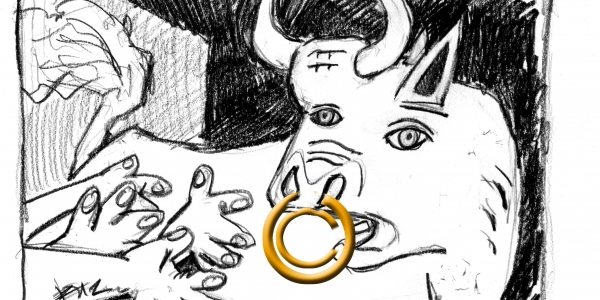Sunday, January 22, 2012
Tuesday, January 17, 2012
Lingustic perspective on grammar
From "Analyzing English Grammar" by Thomas P. Klammer, Muriel R. Schulz and Angela Della Volpe.
As a speaker of English, whether as your first language or as a language you have learned or are still learning later in life, you already know much of the grammar that we present in this book. However, there are different ways of knowing. Our goal is to change your way of knowing grammar.
When you are able to list the steps to be followed in order to produce a result, you are said to have focal knowledge of a process. When your information about how to produce a result is at an unconscious level, it is said to be tacit knowledge.
The word for the subject of our study, grammar, has a number of distinct meanings. Grammar can refer to the linguistic system that presumably exists in the mind of a speaker of a language, the knowledge to which we refer description of the language system. Furthermore, grammar can refer to an ideal set of rules.
Subscribe to:
Posts (Atom)



